How to Enhance the Accuracy of Drilling Simulators
Drilling simulators are used for training, design, and performance optimization of drilling operations. However, for simulators to be truly effective, they must accurately represent the complexities and dynamics of actual drilling activities. Enhancing the accuracy of drilling simulators is critical for improving training quality, reducing operational risks and optimizing drilling performance. This article focuses on the topic of how to improve the accuracy of drilling simulators.
Understanding Drilling Simulators
Drilling simulators are advanced tools used in the oil and gas industry to replicate real-world drilling operations in a controlled virtual environment. These simulators provide operators with the opportunity to practice and refine their skills without the risks associated with actual drilling. By accurately modeling various drilling conditions, equipment behaviors, and environmental factors, drilling simulation systems enable users to better understand complex operational challenges, improve decision-making, and enhance safety. They are essential for training personnel, optimizing drilling performance, and preparing for emergency situations in both land and offshore drilling operations.
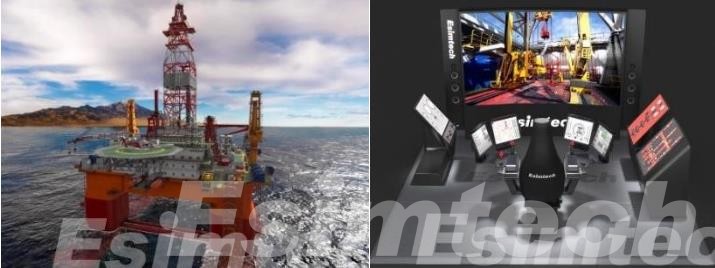
Why Need Enhancing the the Accuracy of Drilling Simulators
| Reason | Explanation |
| Improved Training Outcomes | Accurate simulators provide realistic scenarios that help trainees develop hands-on skills and respond effectively to complex drilling situations. |
| Risk Reduction | Enhancing accuracy enables better simulation of emergency drilling scenarios, helping operators practice responses and minimize real-world operational risks. |
| Operational Efficiency | Precise modeling of equipment and formations helps identify inefficiencies and optimize drilling techniques and decision-making. |
| Cost Savings | Better simulations reduce non-productive time (NPT), equipment damage, and errors, lowering overall operational costs. |
| Realistic Decision-Making Practice | Accurate data and dynamic responses allow users to practice real-time decisions that closely mirror actual field conditions. |
| Technology Integration | Enhanced simulators can incorporate real-time data and AI/ML models, improving predictive capabilities and proactive problem-solving. |
| Well Design and Planning Validation | High-fidelity simulations help test and validate well plans and drilling programs before field execution, reducing chances of failure. |
| Adaptability to Evolving Challenges | More accurate simulators can adapt to new drilling technologies and increasingly complex environments (e.g., deepwater, HPHT wells). |
| Compliance and Certification Readiness | High-accuracy simulators prepare operators for regulatory assessments and industry certification under realistic conditions. |
| Team Coordination and Communication | Accurate simulations foster better collaboration between team members, improving overall safety and performance during actual operations. |

Key Approaches and Innovations to Improve the Accuracy of Drilling Simulators
1. Advanced Physics Models
The backbone of any drilling simulator is the underlying physics model that mimics real-world behavior. These models must simulate the mechanics of the wellbore, formation, mud dynamics, and drilling equipment in great detail. By integrating more advanced and accurate physical models, simulators can provide a more precise representation of the forces at play during drilling.
Key Improvements:
- Mud Flow Dynamics: Simulating the circulation of drilling mud is critical for accurate modeling of pressure drop, flow rate, and wellbore stability. Advanced computational fluid dynamics (CFD) can enhance the simulation of these processes, incorporating factors such as turbulence, density variations, and temperature effects.
- Formation Response: Accurate simulation of how the drill bit interacts with different formations (e.g., shale, sandstone, limestone) is essential for predicting drilling performance. Enhanced models that account for formation heterogeneity, elasticity, and frictional behavior can improve drilling efficiency predictions.
- Drill Bit Behavior: Improving the simulation of drill bit wear and performance under varying conditions leads to better understanding of operational limits and optimization of bit selection.
2. Real-Time Data Integration
Real-time data plays a significant role in refining the accuracy of drilling simulators. Incorporating live data feeds from actual drilling operations allows simulators to adjust models and parameters dynamically, providing more accurate predictions based on real-time conditions.
Key Innovations:
- Data from Sensors: The integration of downhole and surface sensor data (e.g., pressure, temperature, torque, and weight on bit) into the simulator allows for real-time adjustments. This enhances the ability of simulators to predict unexpected events like stuck pipe incidents or kicks.
- Machine Learning Algorithms: By utilizing machine learning algorithms, simulators can adapt to real-world conditions and identify patterns in drilling operations that can inform better decision-making and improve predictions over time.
- Predictive Maintenance: Simulators that incorporate predictive analytics can forecast equipment failures before they occur, leading to safer and more efficient operations. Machine learning models trained on historical sensor data can predict wear and tear on drilling components, reducing downtime.

3. Multi-Physics and Multi-Scale Simulation
Drilling involves a variety of physical processes that occur at different scales, from the micro-scale of rock interaction with the drill bit to the macro-scale of overall well construction. Multi-physics and multi-scale simulations can enhance the simulator’s accuracy by integrating these diverse processes into a unified model.
Key Developments:
- Coupling Different Physical Domains: By linking multiple domains of physics (e.g., mechanical, hydraulic, and thermal), simulators can capture the complex interactions between mud flow, drill bit wear, and formation damage. This holistic approach leads to more accurate and reliable drilling simulations.
- Granular Modeling: The use of granular modeling techniques helps simulate the interactions of individual particles (such as soil and rock) with drilling equipment. This approach can provide insights into formation compaction and bit performance under different drilling conditions.
- Geomechanics and Wellbore Stability: By integrating geomechanical modeling with drilling simulators, operators can predict wellbore instability issues such as hole collapse, stuck pipe, or lost circulation more accurately.
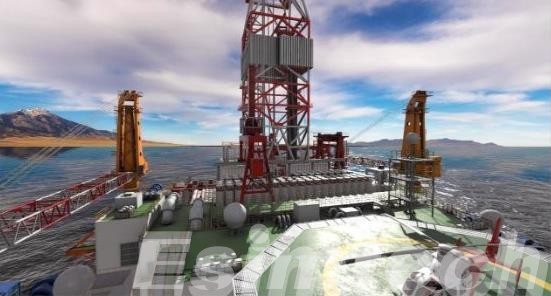
4. Enhanced Visual and Haptic Feedback
While the accuracy of drilling simulators largely depends on the internal models and algorithms, realistic visual and haptic feedback can also improve the overall user experience. This becomes especially important for training scenarios, where operators need to develop intuitive skills to manage equipment under pressure.
Key Enhancements:
- Realistic 3D Visualization: Advanced graphics and 3D visualization techniques help create lifelike environments that allow users to better understand the spatial relationships between equipment and the wellbore. Realistic rendering of the drill bit, casing, and surrounding formation adds immersion, aiding operators in visualizing drilling progress and hazards.
- Haptic Feedback for Sensory Immersion: Oil and gas simulators equipped with haptic devices allow operators to feel simulated forces such as torque, pressure, and vibrations. This tactile feedback enables trainees to experience the physical sensations associated with various drilling conditions, enhancing their ability to react appropriately in real-world scenarios.
- Augmented Reality (AR): The integration of AR with drilling simulators can overlay digital information, such as wellbore data, directly onto the physical environment, improving situational awareness and providing operators with more precise control.
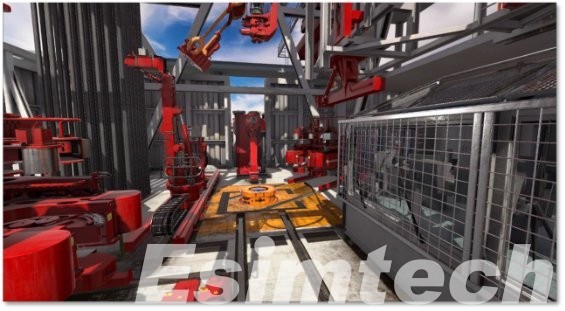
5. Scenario-Based and Adaptive Training
One of the most valuable applications of drilling simulators is their ability to train personnel in complex or hazardous scenarios without putting them at risk. Enhancing the accuracy of the simulator directly improves the effectiveness of such training.
Key Training Features:
- Dynamic Scenario Generation: Simulators that can generate dynamic, adaptive scenarios based on real-world data allow trainees to experience a wide variety of drilling situations, including emergency events, equipment failures, and unexpected geological conditions. The accuracy of these drilling simulation training systems is paramount to providing a realistic environment.
- Automated Scenario Adaptation: By tracking trainee performance, simulators can automatically adapt scenarios to target specific learning needs. For example, if a trainee struggles with managing pressure while drilling, the simulator can present more challenging pressure-related situations for further practice.
- Performance Metrics and Feedback: Real-time feedback based on performance metrics (e.g., drill speed, cost, safety) can provide invaluable insights into a trainee’s strengths and weaknesses. Accurate simulators enable this feedback to be aligned with actual drilling performance, enhancing the learning experience.
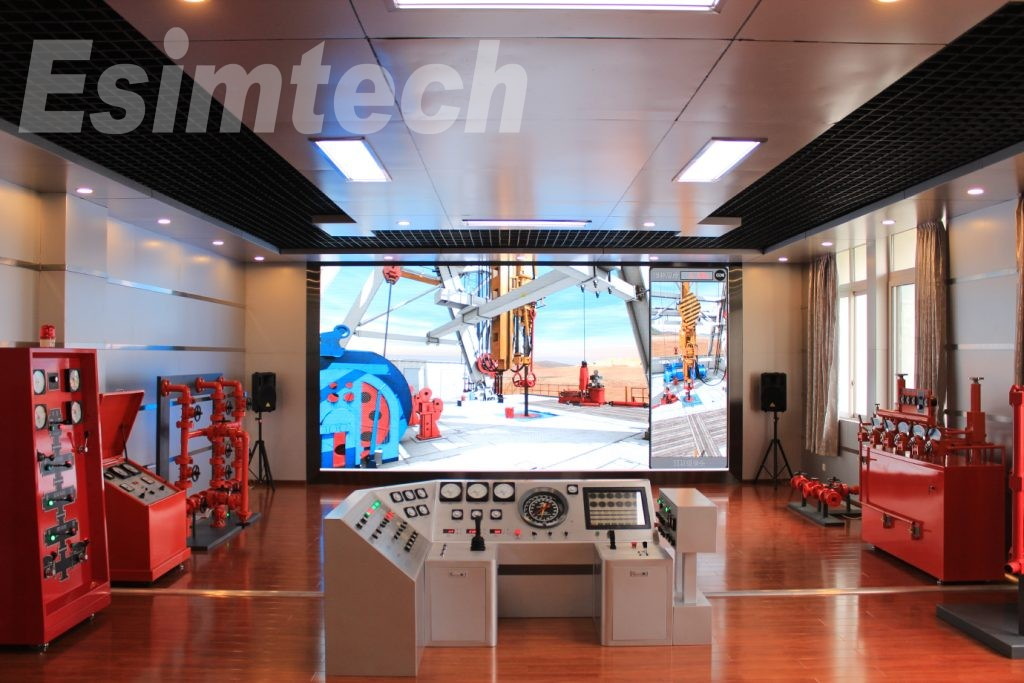
6. Cloud-Based and Collaborative Simulations
With the increasing complexity of drilling operations and the global nature of the industry, cloud-based simulators allow for collaborative training and real-time monitoring across multiple sites. This innovation is crucial for multinational teams to work together in a virtual space, improving overall operational efficiency.
Key Benefits:
- Remote Collaboration: Cloud-based simulators allow multiple users from different geographical locations to collaborate on the same simulation. This is especially useful for multinational teams working on offshore rigs or projects in remote areas.
- Scalable Training: Cloud solutions offer scalability, allowing organizations to run multiple simultaneous training sessions or simulations, ensuring the entire workforce is trained to the highest standard.
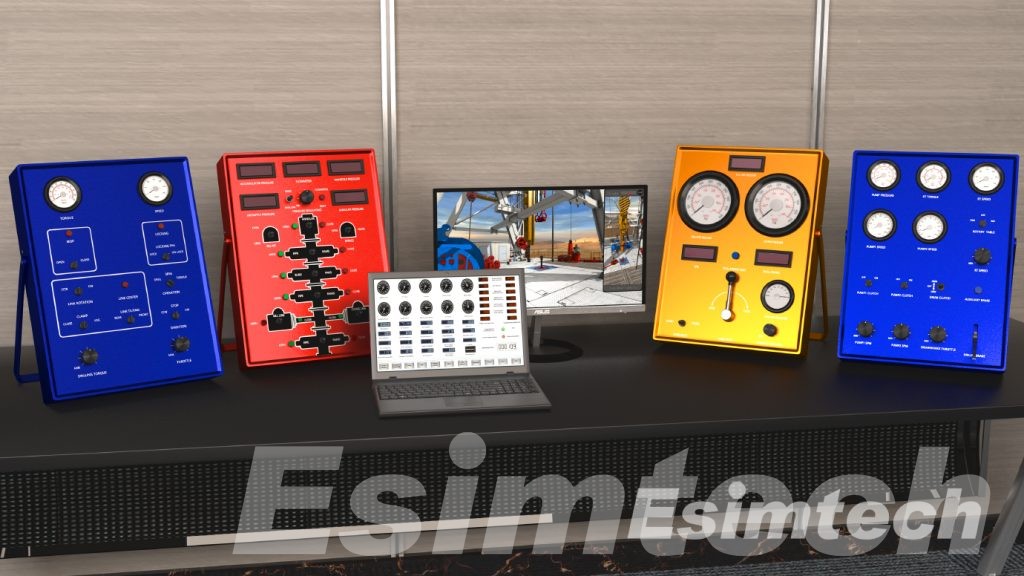
Summary
Through integrating advanced physics models, real-time data, multi-physics simulations, realistic training scenarios, etc, drilling simulators can provide more accurate and reliable insights into drilling operations. The continued development of these technologies will further enhance the drilling process, ensuring safer, more efficient, and cost-effective operations in the oil and gas industry.

